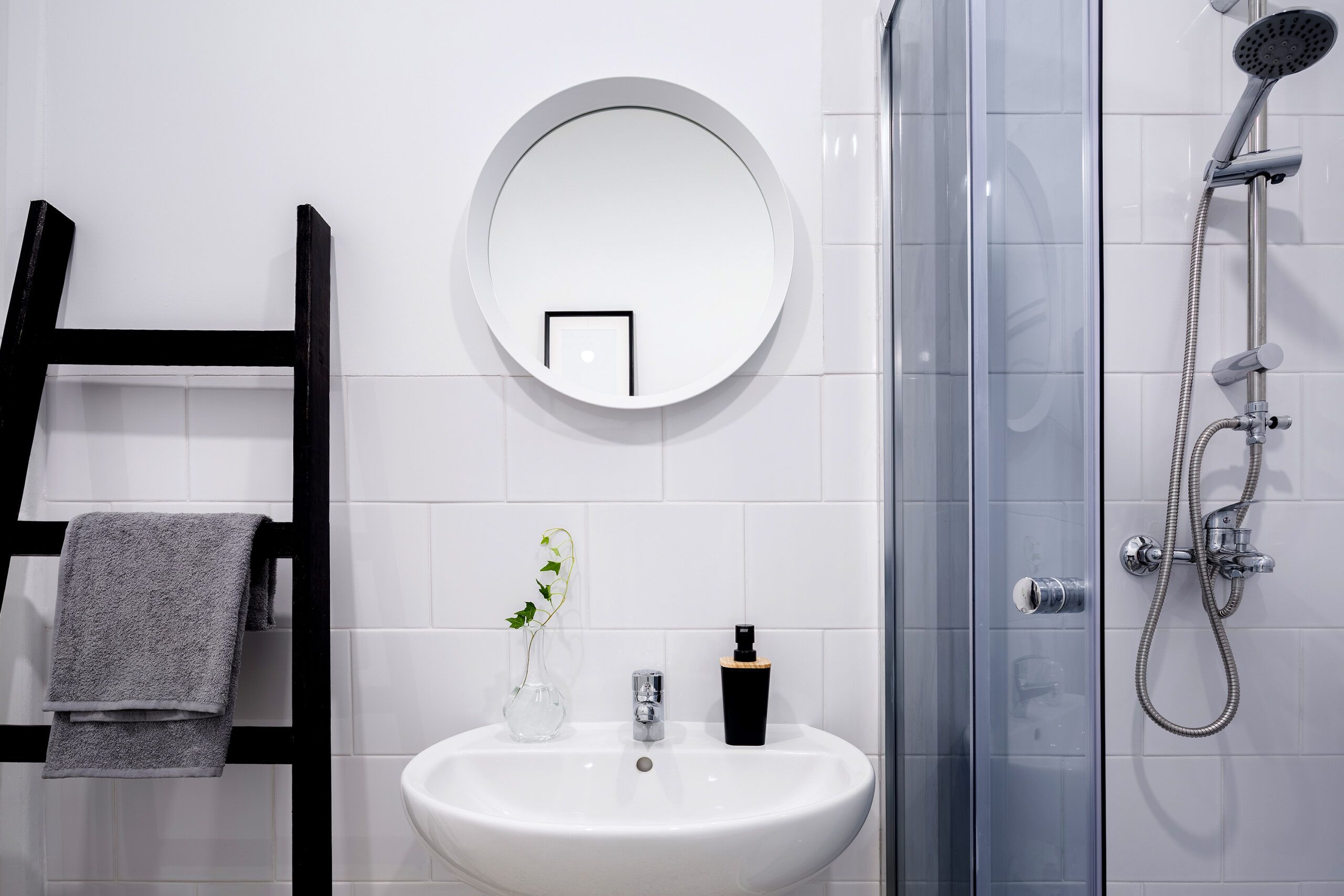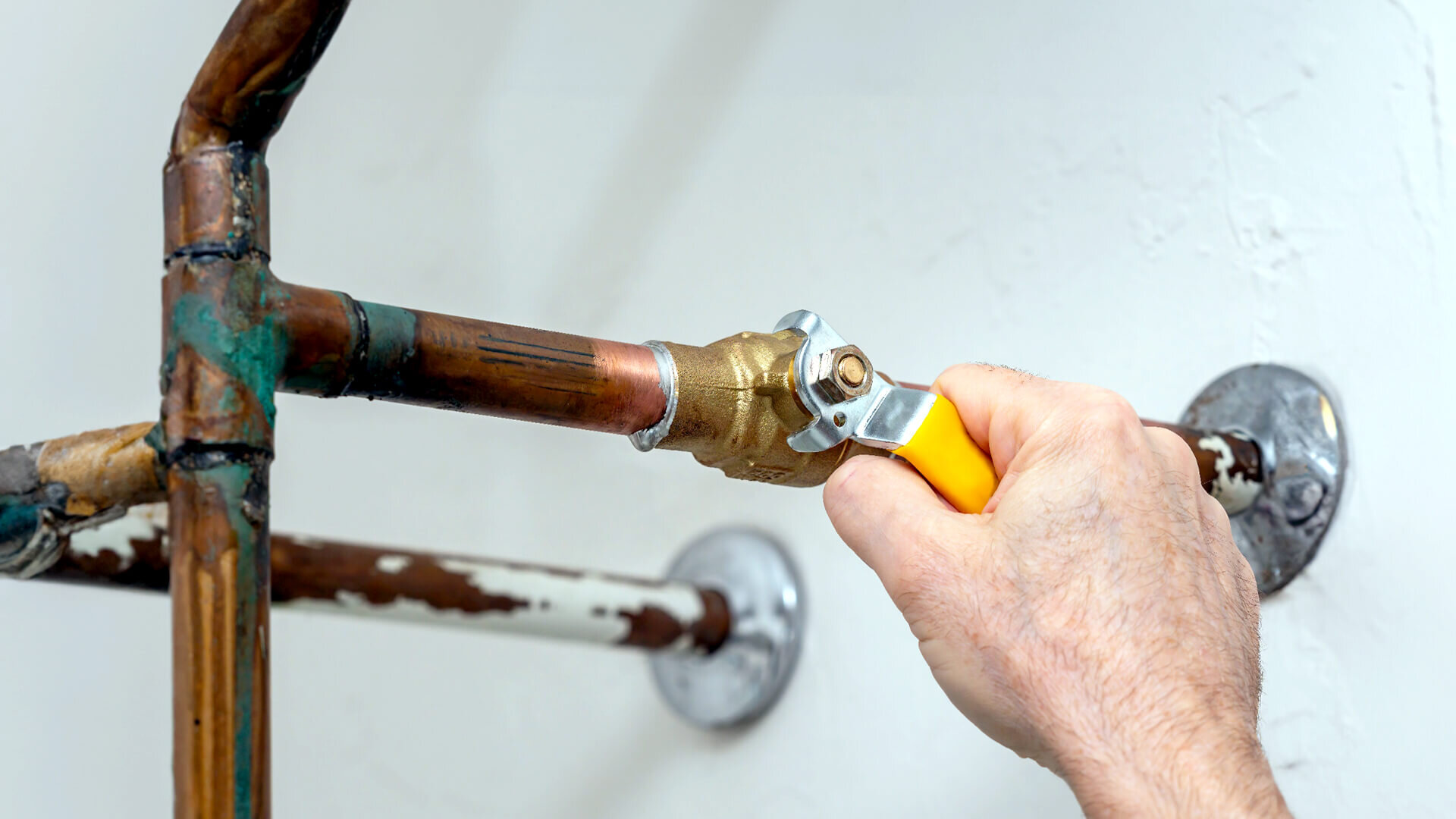First-Time Home Buyers: How to Maintain Bathroom Plumbing
First-Time Home Buyers: How to Maintain Bathroom Plumbing
Blog Article
Just how do you feel with regards to Essential DIY Bathroom Plumbing Tips Every Homeowner?

For brand-new home owners, understanding and keeping bathroom plumbing can save both money and time by protecting against expensive issues down the line. Below are some important restroom plumbing tips to aid you maintain whatever running smoothly.
Acquaint Yourself with the Main Shut-Off Shutoff
Knowing where the major water shut-off shutoff is located in your house is essential. This allows you to rapidly shut off the water supply in case of major leaks or during pipes emergency situations, stopping extensive water damage.
Regularly Check for Leakages
Tiny leaks can bring about huge problems. Frequently check under sinks, around bathrooms, and near plumbing components for any kind of signs of leaks. Try to find wetness, little drips, or corrosion. Catching and repairing leakages early can avoid extra major damage and save water.
Don't Ignore Slow Drains
If your sink or tub is draining slowly, it's commonly a sign of a clog forming. Addressing this early can avoid a complete clog. Utilize a bettor or a plumbing professional's snake to remove particles. Prevent using chemical drainpipe cleansers as they can damage your pipes with time.
Know What Not to Flush
Toilets are not waste disposal unit. Avoid purging anything aside from toilet paper and human waste. Products like wipes, womanly hygiene products, and cotton bud should be dealt with in the trash to avoid blockages and sewer backups.
Install Strainers in Drains
Location filters in your sink and bathtub drains to capture hair and various other particles before they enter your plumbing system. Cleansing the strainers routinely will help stop buildup and keep water streaming easily.
Maintain Your Hot Water Heater
Ensure your hot water heater is set to a proper temperature level (commonly about 120 levels Fahrenheit) to prevent hot and decrease energy use. Flush the container each year to remove sediment build-up, which can minimize the efficiency and life expectancy of your heating unit.
Upgrade Your Fixtures
If your home has older fixtures, think about upgrading to extra reliable models. Modern commodes, showerheads, and taps are developed to make use of less water while supplying excellent stress, which can considerably decrease your water costs and environmental footprint.
Beware with Do It Yourself Plumbing Fixes
While it's appealing to manage all home fixings by yourself, be cautious with pipes. Some concerns could require specialist knowledge, specifically if they include primary water lines or drain repair services. Working with an expert can occasionally be a lot more economical than do it yourself, specifically if it stops additional damage.
Prepare for Cold Weather
Secure your pipelines from cold throughout winter by insulating pipes in unheated locations like cellars, attics, and garages. Throughout severe chilly, let cold water drip from faucets offered by revealed pipes to aid protect against freezing.
Set Up Normal Maintenance
Take into consideration scheduling annual examinations with an accredited plumbing technician. They can spot issues that you may miss out on, such as hidden leaks or damage on pipelines and components. Regular upkeep helps expand the life of your pipes system and can stop emergency situations.
Verdict
Understanding and keeping your home's washroom pipes can avoid numerous usual problems. By following these vital tips, you can guarantee your shower room stays practical and efficient, conserving you money and time in the long run.
Things to consider while plumbing your new bathroom
Underground pipes and stormwater drains
Once these have been successfully laid, your plumber will need to test the system to check for water tightness. After this, the area will be filled back with the excavated earth. Backfilling of plumbing works must be done with extreme care because debris or rocks that are backfilled into trenches must not cause any damage to the buried piping. A mixture of backfill needs to be used. For example, if lumpy clay is excavated, then the first 300-500 mm (millimetres) of backfill must consist of sandy, loose earth. On the contrary, if concrete needs to be paved at the top, then crushed and compacted earth should be used, especially when it comes to a deep excavation.
Pipes
Clean water enters the plumbing pipe from the primary water supply line. Unclean water is successfully pulled down by gravity to exit the system of pipes. Air blowing through all the vents ensures that the pipes stay clean and clear. This is a simple and self-sustaining setup that should survive the test of time, when done correctly.
Plumbing items and fixtures
If you are carrying out plumbing in a new house, you need to install plumbing items and fixtures before the completion of the house’s interiors. Showers, sinks, and tubs are easier to install when the doorways and walls have not yet been installed.
Sewer lines and septic tanks
Installing sewer lines and septic tanks is extremely challenging when it comes to a home’s plumbing system. Firstly, you need to know the septic tank’s size. This can be calculated by the total number of bedrooms in your house. The venting system of your septic tank must be flawless.
Placement and positioning of the main stack
The main stack is basically a pipe with a diameter of approximately 3-4 inches. It typically runs from your home’s basement to the terrace or roof. The lower section of the main stack is responsible for collecting wastewater from several other plumbing fixtures. The upper section is used for venting. While you are installing plumbing in your new house, you will need to find a spot where the main stack runs without interruptions.
Installing drains and vents
Drain and vent pipes are generally 1-1.5 inches in diameter. Pipes must slant at a quarter of an inch per foot to drain efficiently. Bends, where the pipes eventually join the main stack, must be smooth and not be angled sharply. Every plumbing fixture must have a trap beneath it, which will catch water and prevent obnoxious gases from gaining entry into your living quarters. Moreover, every fixture needs to be vented.
Waterproofing and final testing
Your plumber will most likely carry out waterproofing of retaining walls, lower rooms, and basements, where an underground sump is generally constructed to store water. Roofs, too, need specialised treatment, and plumbers need to take into account gutter overflows in regions that receive heavy rainfall.
After the complete plumbing has been installed in your new home, every single thing should be tested to ensure adequate functionality and immaculate efficiency. This includes all water supply sources, bathroom fixtures, and sewerage.
https://www.jswonehomes.com/blogs/Construction/things-to-consider-when-plumbing-your-new-bathroom

Contact Us Today Report this page